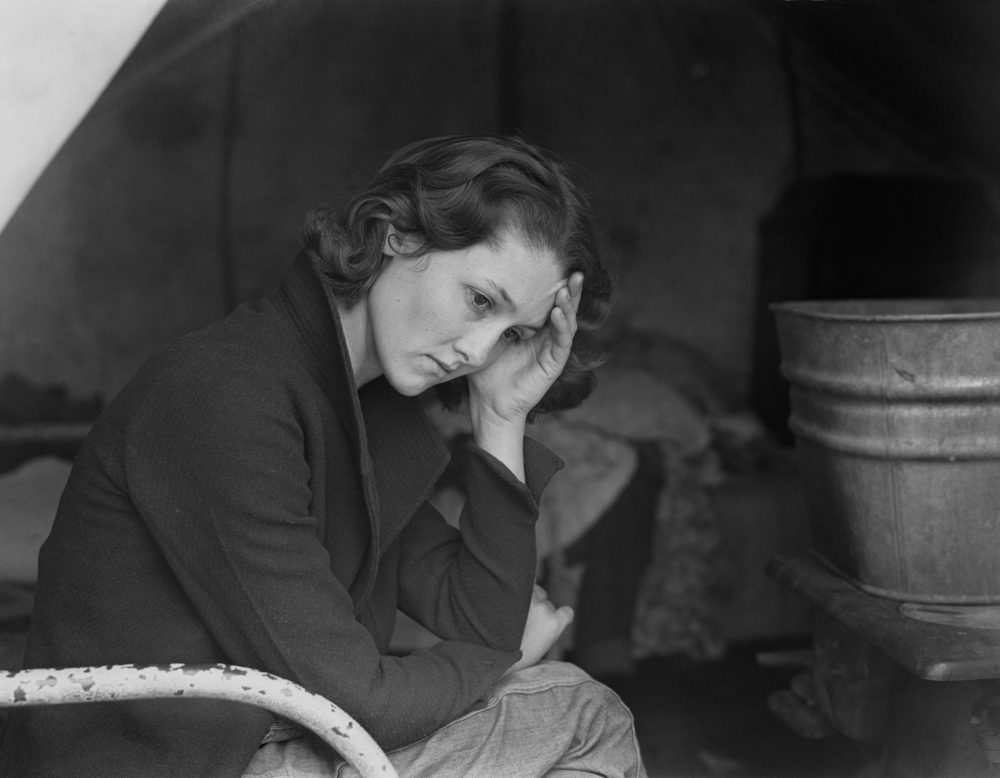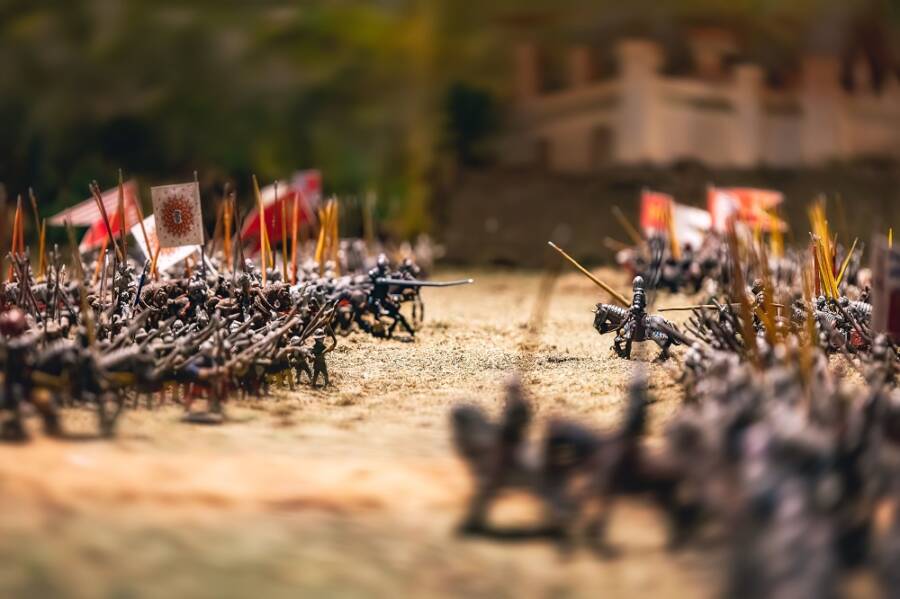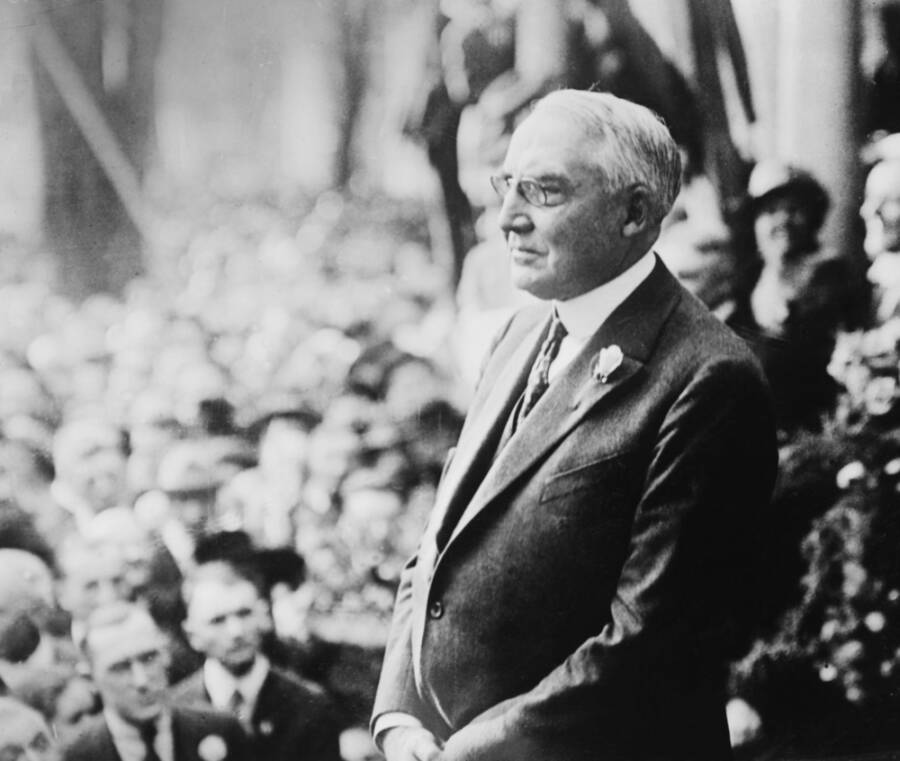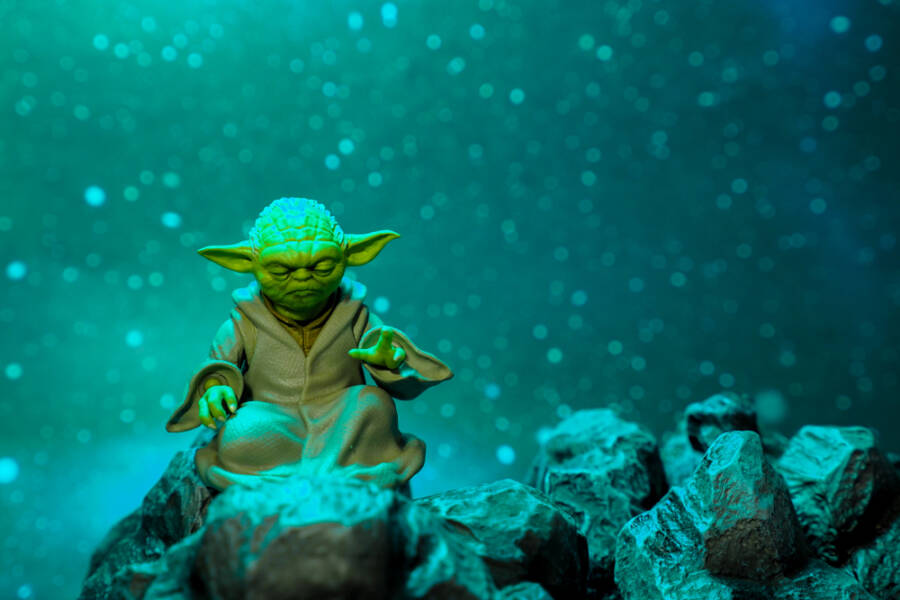8 Ways Americans Used to Entertain Themselves During the Great Depression:
The Great Depression was one of the toughest times in America: brutal for the 15 million people who simply couldn’t find work, brutal for the farmers out west whose crops totally failed in the Dust Bowl, but also for 1.8 million people of Mexican descent who were forced to round up and got illegally deported in “repatriation drives”.
Even if many Americans struggled to survive, they still needed to entertain now and then, otherwise, everybody would have gone crazy in the blink of a minute. So here’s exactly what people used to do to distract themselves from all the deprivations they had to go through during the Great Depression:

They watched dance marathons where contestants had to dance until they dropped
Before reality television was ever invented, Americans who wanted to watch strangers perform unusual or even dangerous things for a lot of money and attention were going to dance marathons. These marathons started in the 1920s when the endurance contest craze was really a thing.
However, when the Great Depression set in, dance marathons became way more than just a way of recreation for the contestants. The idea was that as long as the dancers kept dancing, they had food, shelter, and the possibility of winning a cash prize (even if with reality TV, show-runners often convinced the contestants to favor certain couples).
These marathons might have lasted for days, even weeks. Generally, dancers were served 12 meals a day they were forced to eat at chest-high tables on the dance floor. They also had a break of 15 minutes every hour, during which they usually wanted a nurse to attend to them or even rub their feet.
They ventured into haunted houses
Did you know that Halloween traditions, such as trick-or-treating, costume parties, and haunted houses, all started during the Great Depression? It was the only way to keep young folks out of trouble. October 31 was known to be a night for mischief-making, but in 1933, the night was particularly bad.
Hundreds of teenage boys all over the country flipped over cars, cut off telephones, and engaged in all kinds of acts of vandalism. So the communities started to wonder what might keep them in place, and that’s when they came up with Halloween, as a way to dissuade them from causing any more trouble.
Parents started getting creative, and put together various haunted houses without spending too much money. As written in a 1937 party pamphlet, they had to “hang old fur, strips of raw liver on walls, where one could feel his way to dark steps”. This way, they created a “trail of terror”.
They lined up to see people sitting on poles
One of the many endurance challenges in the 1920s finds its way into the Great Depression, too, and that is flagpole sitting. This basically means that someone had to sit on top of a pole for as long as possible. The man who initiated this trend was no one else than a Hollywood stuntman called Alvin “Shipwreck” Kelly.
In the summer of 1930, 20,000 people wanted to see Kelly eat, sleep, and shave atop a 225-foot flagpole in Atlantic City for no less than 49 days. Obviously, children across the country started taking part in a tree-sitting challenge, where they tried to basically live in a tree for as long as possible. In fact, one youth in southern California managed to stay 1,320 hours.
These kids managed to invent all kinds of systems to bring food and other needed supplies up to their perch. Pole-sitting ended after that summer.

They loved watching students swallowing goldfish
While dance marathons and flagpole-sitting might have started in the 1920s, the Great Depression came with probably one of the weirdest contests of it all: goldfish-swallowing. Funnily enough, the contest started at Harvard University in 1939, when a bunch of students bets a freshman on $10 that he couldn’t swallow a live fish.
Well, on March 3, the freshman completed his end of the bet by chewing and swallowing a live goldfish in Harvard’s dining hall, in front of everyone else. As you can imagine, LIFE magazine picked up the story, and soon enough students from other colleges wanted to test how many live goldfish THEY can swallow.
Well, it only took a month for the record to jump at 42 goldfish. Naturally, the students went even further: in Illinois, college students managed to swallow five baby white mice, in Oregon 139 live angle worms, and in Pennsylvania an entire issue of the New Yorker.
They liked seeing High-Tech Hollywood movies
The Great Depression represented a harsh period for everybody, except for Hollywood. In fact, it was a hugely successful decade for Hollywood. Back then, tickets were under a quarter, so spending time in the cinema was a great way to escape the difficult reality.
The era’s films were incredibly revolutionary, too. Those were the times when the movie industry transitioned from “silent films” to “talkies”. Hollywood started investing in all sorts of new soundstages and movie concepts that would make the most of new sound technology.
This led to the making of some of the most well-known musicals of the times, like 42nd Street (1933), and The Wizard of Oz (1939). At the same time, that’s when Walt Disney released his first-ever full-length animated feature, the famous “Snow White and the Seven Dwarfs” (1937).
They built soapbox cars and raced with them
Soap Box Derbys was initiated in the 1930s as a way of entertaining kids, and everyone did it because it didn’t require a lot of money. Back in 1933, journalist Myron Scott observed a couple of kids in Dayton, Ohio, racing in soap box cars they made themselves.
He took a bunch of pictures and started helping them organize even bigger races. By the end of the summer, these races were followed by more than 40,000 spectators. The following year, Scott got Chevrolet to sponsor the first All-American Soap Box Derby for boys, as girls were unable to compete until 1971.

They got addicted to binging on the lifestyles of the rich and the famous
Probably the most time-honored form of entertainment in entire American history is binging on the life of celebrities. For Depression-era Americans, it was reading about “Cafe Society”. After Prohibition ended in 1933, former illicit establishments turned into chic restaurants and nightclubs that were roaring with movie stars, musicians, and rich people who still had money (this was especially in New York). The ultra-wealthy Vanderbilts, for example, were one of the best sources for Cafe Society drama.
Photographers used to follow bachelor Alfred Gwynne Vanderbilt, Jr. to different nightclubs and snap photos of him while he was flirting with many glamorous women. In the meantime, gossip columnists were investigating the decadent lifestyle of his younger half-sister, Gloria “Mimi” Baker, who was a nightclub and casino regular ever since she was 15.
They created real estate empires in Monopoly
The simple idea that a board game known as Monopoly became SO wildly popular during the Great Depression is ironic. But what’s even more ironic than that is the game’s history. The inventor of this game, Elizabeth J. Magie, invented and patented it in 1904, but back then, it was called the Landlord’s Game, and it was meant to teach players about the evils of capitalism.
For many years, it did just that. But in the 1930s, someone else started selling a board game based on her idea. In 1935, he managed to sell it to Parker Brothers company, which renamed the game “Monopoly”.
If you enjoyed reading this article, we also recommend reading: History’s 6 Most Vicious Sibling Rivalries





